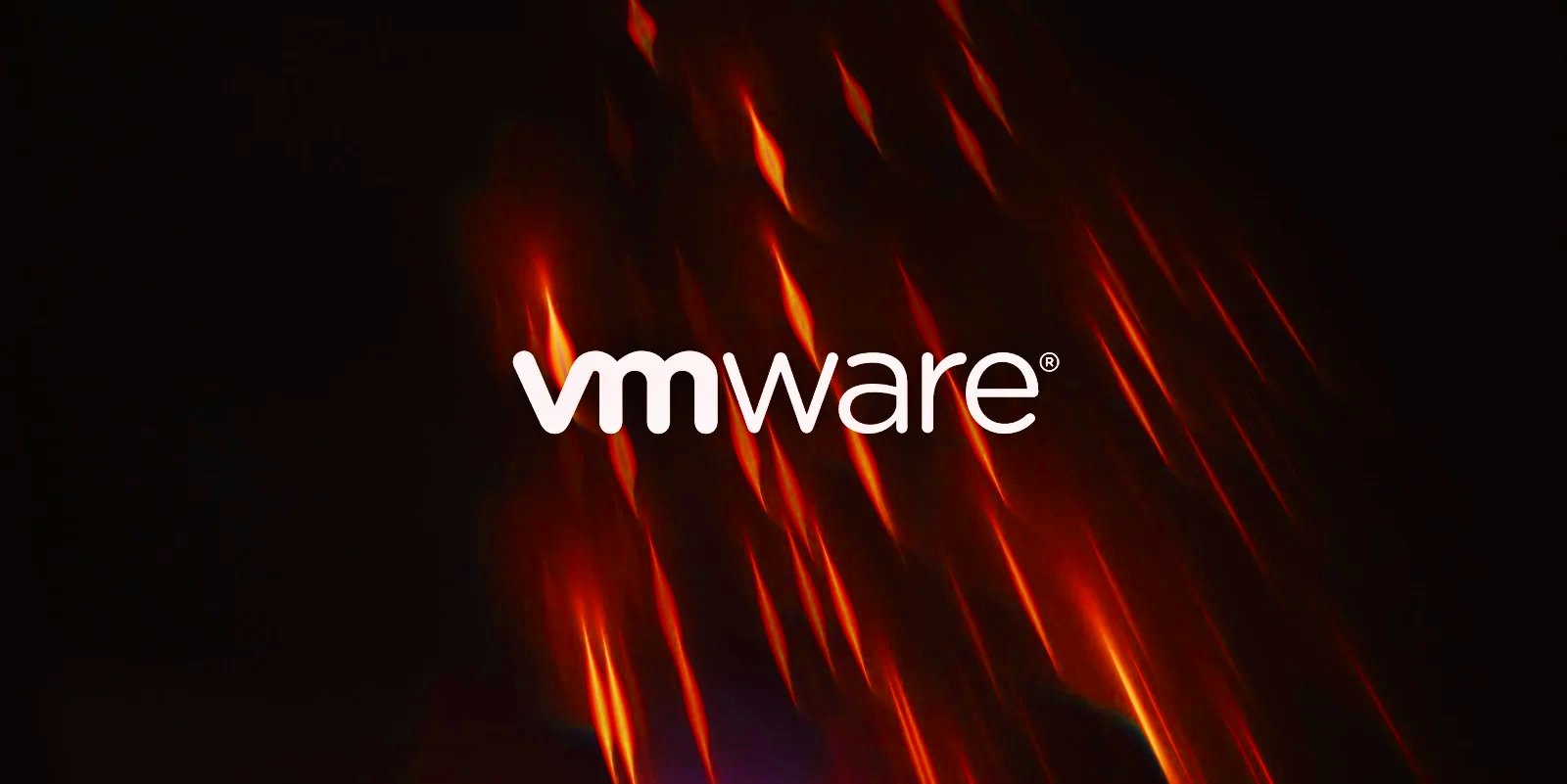Suspicious Termination of ESXI Process
Identifies instances where VMware processes, such as "vmware-vmx" or "vmx," are terminated on a Linux system by a "kill" command. The rule monitors for the "end" event type, which signifies the termination of a process. The presence of a "kill" command as the parent process for terminating VMware processes may indicate that a threat actor is attempting to interfere with the virtualized environment on the targeted system.
Elastic rule (View on GitHub)
1[metadata]
2creation_date = "2023/04/11"
3integration = ["endpoint"]
4maturity = "production"
5updated_date = "2024/05/21"
6
7[rule]
8author = ["Elastic"]
9description = """
10Identifies instances where VMware processes, such as "vmware-vmx" or "vmx," are terminated on a Linux system by a "kill"
11command. The rule monitors for the "end" event type, which signifies the termination of a process. The presence of a
12"kill" command as the parent process for terminating VMware processes may indicate that a threat actor is attempting to
13interfere with the virtualized environment on the targeted system.
14"""
15from = "now-9m"
16index = ["logs-endpoint.events.*", "endgame-*"]
17language = "eql"
18license = "Elastic License v2"
19name = "Suspicious Termination of ESXI Process"
20references = [
21 "https://www.bleepingcomputer.com/news/security/massive-esxiargs-ransomware-attack-targets-vmware-esxi-servers-worldwide/",
22]
23risk_score = 47
24rule_id = "6641a5af-fb7e-487a-adc4-9e6503365318"
25setup = """## Setup
26
27This rule requires data coming in from Elastic Defend.
28
29### Elastic Defend Integration Setup
30Elastic Defend is integrated into the Elastic Agent using Fleet. Upon configuration, the integration allows the Elastic Agent to monitor events on your host and send data to the Elastic Security app.
31
32#### Prerequisite Requirements:
33- Fleet is required for Elastic Defend.
34- To configure Fleet Server refer to the [documentation](https://www.elastic.co/guide/en/fleet/current/fleet-server.html).
35
36#### The following steps should be executed in order to add the Elastic Defend integration on a Linux System:
37- Go to the Kibana home page and click "Add integrations".
38- In the query bar, search for "Elastic Defend" and select the integration to see more details about it.
39- Click "Add Elastic Defend".
40- Configure the integration name and optionally add a description.
41- Select the type of environment you want to protect, either "Traditional Endpoints" or "Cloud Workloads".
42- Select a configuration preset. Each preset comes with different default settings for Elastic Agent, you can further customize these later by configuring the Elastic Defend integration policy. [Helper guide](https://www.elastic.co/guide/en/security/current/configure-endpoint-integration-policy.html).
43- We suggest selecting "Complete EDR (Endpoint Detection and Response)" as a configuration setting, that provides "All events; all preventions"
44- Enter a name for the agent policy in "New agent policy name". If other agent policies already exist, you can click the "Existing hosts" tab and select an existing policy instead.
45For more details on Elastic Agent configuration settings, refer to the [helper guide](https://www.elastic.co/guide/en/fleet/8.10/agent-policy.html).
46- Click "Save and Continue".
47- To complete the integration, select "Add Elastic Agent to your hosts" and continue to the next section to install the Elastic Agent on your hosts.
48For more details on Elastic Defend refer to the [helper guide](https://www.elastic.co/guide/en/security/current/install-endpoint.html).
49"""
50severity = "medium"
51tags = [
52 "Domain: Endpoint",
53 "OS: Linux",
54 "Use Case: Threat Detection",
55 "Tactic: Impact",
56 "Data Source: Elastic Defend",
57 "Data Source: Elastic Endgame",
58]
59timestamp_override = "event.ingested"
60type = "eql"
61
62query = '''
63process where host.os.type == "linux" and event.type == "end" and process.name in ("vmware-vmx", "vmx")
64and process.parent.name == "kill"
65'''
66
67
68[[rule.threat]]
69framework = "MITRE ATT&CK"
70[[rule.threat.technique]]
71id = "T1489"
72name = "Service Stop"
73reference = "https://attack.mitre.org/techniques/T1489/"
74
75
76[rule.threat.tactic]
77id = "TA0040"
78name = "Impact"
79reference = "https://attack.mitre.org/tactics/TA0040/"
References
Related rules
- High Number of Process Terminations
- Abnormal Process ID or Lock File Created
- Attempt to Clear Kernel Ring Buffer
- Attempt to Disable IPTables or Firewall
- Attempt to Disable Syslog Service
